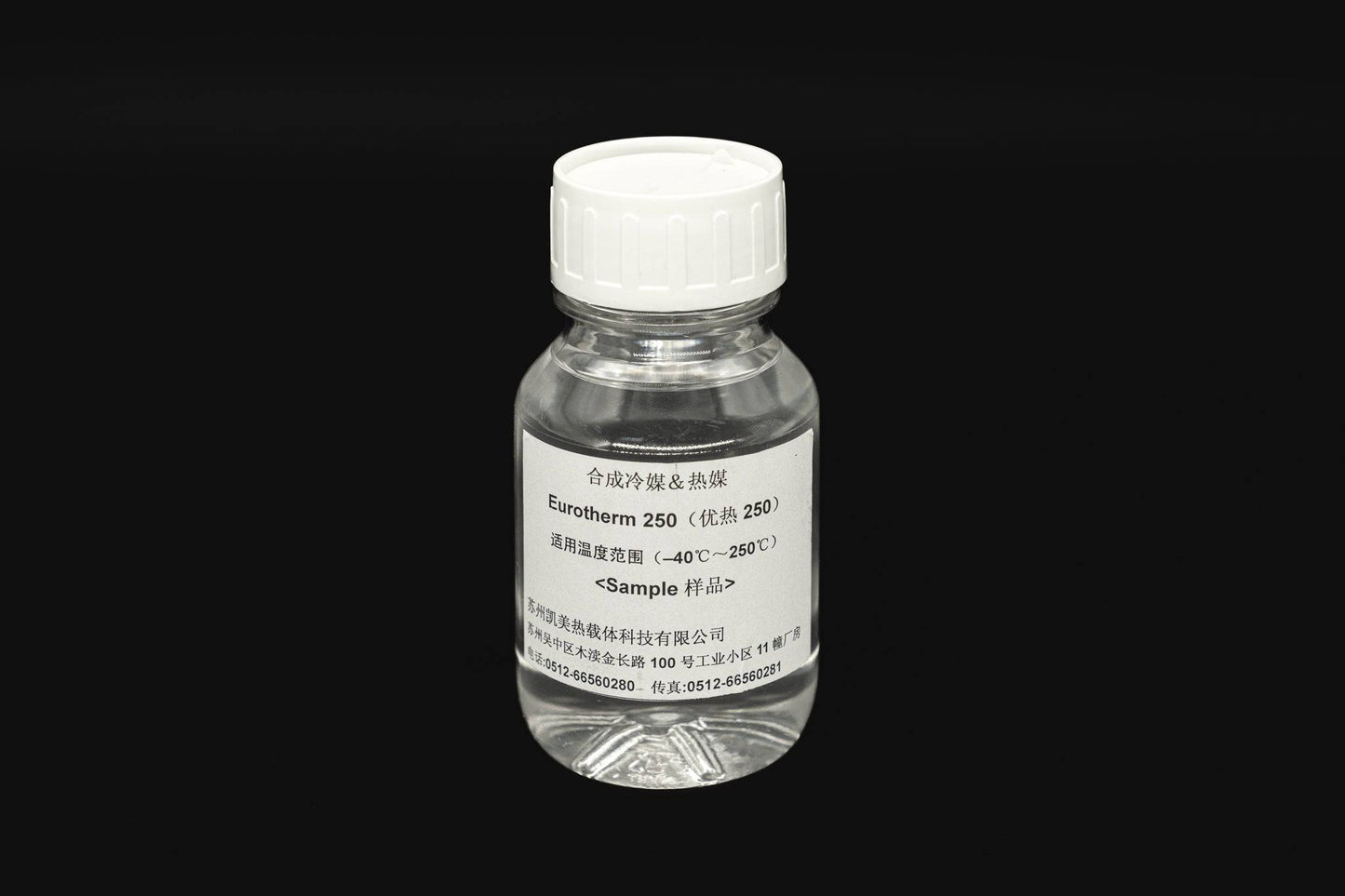The 8-Minute Rule for Chemie
Table of ContentsWhat Does Chemie Do?Some Known Factual Statements About Chemie Some Of ChemieRumored Buzz on ChemieChemie - An Overview4 Easy Facts About Chemie Described
By Bojanna Shantheyanda, Sreya Dutta, Kevin Coscia and David SchiemerDynalene, Inc. Liquid air conditioning, which can be attained making use of indirect or straight means, is utilized in electronic devices applications having thermal power densities that might surpass secure dissipation with air cooling. Indirect fluid air conditioning is where warmth dissipating digital parts are physically divided from the liquid coolant, whereas in situation of straight cooling, the components remain in direct contact with the coolant.In indirect cooling applications the electric conductivity can be essential if there are leaks and/or splilling of the fluids onto the electronic devices. In the indirect air conditioning applications where water based liquids with corrosion inhibitors are generally made use of, the electrical conductivity of the liquid coolant primarily relies on the ion concentration in the liquid stream.
The boost in the ion concentration in a closed loop fluid stream might occur due to ion leaching from steels and nonmetal elements that the coolant liquid is in call with. Throughout procedure, the electric conductivity of the liquid may raise to a degree which could be hazardous for the cooling system.
Everything about Chemie
(https://www.blogtalkradio.com/betteanderson)They are grain like polymers that can trading ions with ions in a remedy that it touches with. In today job, ion leaching examinations were done with numerous metals and polymers in both ultrapure deionized (DI) water, i.e. water which is treated to the highest degree of pureness, and reduced electrical conductive ethylene glycol/water blend, with the measured change in conductivity reported gradually.
The examples were permitted to equilibrate at space temperature level for two days before videotaping the first electrical conductivity. In all tests reported in this research fluid electrical conductivity was determined to a precision of 1% utilizing an Oakton CON 510/CON 6 series meter which was adjusted before each dimension.
Rumored Buzz on Chemie
from the wall heating coils to the facility of the heating system. The PTFE example containers were positioned in the furnace when steady state temperatures were reached. The examination arrangement was gotten rid of from the furnace every 168 hours (seven days), cooled down to room temperature level with the electric conductivity of the fluid determined.
The electric conductivity of the liquid sample was kept an eye on for an overall of 5000 hours (208 days). Schematic of the indirect shut loop cooling experiment set up. Elements utilized in the indirect closed loophole cooling experiment that are in contact with the liquid coolant.

Getting The Chemie To Work
During procedure the fluid tank temperature was preserved at 34C. The change in fluid electric conductivity was checked for 136 hours. The liquid from the system was accumulated and stored. Similarly, shut loop examination with ion exchange resin was performed with the very same cleansing treatments used. The preliminary electrical conductivity of the 230ml UP-H2O in the system determined 1.84 S/cm.

0.1 g of Dowex material was included in 100g of fluid examples that was taken in a different container. The mixture was mixed and change in the electrical conductivity at space temperature level was determined every hour. The determined adjustment in the electrical conductivity of the UP-H2O and EG-LC examination liquids containing polymer or steel when immersed for 5,000 hours at 80C is shown Figure 3.
The 7-Second Trick For Chemie
Number 3. Ion leaching experiment: Measured adjustment in electrical conductivity of water and EG-LC coolants having either polymer or metal examples when submersed for 5,000 hours at 80C. The outcomes suggest that metals contributed fewer ions right into the fluids than plastics in both UP-H2O and EG-LC based coolants. This could be as a result of a thin metal oxide layer which might act as an obstacle to ion leaching and cationic diffusion.
Fluids including polypropylene and HDPE showed the lowest electrical conductivity modifications. This might be as a result of the short, stiff, straight chains which are much less likely to add ions than longer branched chains with weak intermolecular forces. Silicone likewise did well in both examination liquids, as polysiloxanes are typically chemically inert as a result of the high bond energy of the silicon-oxygen bond which would prevent degradation of the product right into the liquid.
The smart Trick of Chemie That Nobody is Talking About
It would be anticipated that PVC would certainly produce similar outcomes to those of PTFE and HDPE based upon the comparable chemical structures of the materials, nevertheless there might be various other contaminations existing in the PVC, such as plasticizers, that might affect the electric conductivity of the fluid - fluorinert. In addition, chloride teams learn the facts here now in PVC can additionally seep right into the examination liquid and can create an increase in electric conductivity
Polyurethane totally broke down into the examination fluid by the end of 5000 hour test. Before and after pictures of steel and polymer examples immersed for 5,000 hours at 80C in the ion seeping experiment.
Measured adjustment in the electric conductivity of UP-H2O coolant as a feature of time with and without resin cartridge in the shut indirect cooling loophole experiment. The measured change in electrical conductivity of the UP-H2O for 136 hours with and without ion exchange material in the loop is received Number 5.